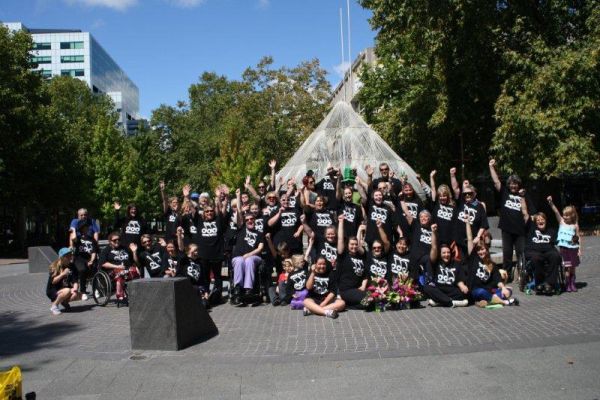
The intersection between gender discrimination and disability discrimination means women* with disabilities experience disability differently to men with disabilities. Attitudinal and environmental barriers lead to lower economic and social status, increased risk of violence and multiple discrimination. In addition, women* with disabilities face barriers to accessing education, health care, sexual and reproductive health rights, information and services, justice, and civic and political participation. This systemic marginalisation prevents women* with disabilities from participating in all aspects of life on an equal basis with others. This inequality is a violation of the basic human rights of women* with disabilities in Australia.
The rights of women and girls are set out in the Convention on the Rights of Persons with Disabilities (CRPD) and the Convention on the Elimination of (All Forms Of) Discrimination Against Women (CEDAW). Until these rights are fully enjoyed by all women* with disabilities in the ACT, there will be an ongoing need for advocacy.
In the ACT women, girls, feminine identifying, and non-binary people with disabilities experience multiple disadvantage due to the intersection of gender discrimination and disability discrimination. There are approximately 41, 200 women with a disability in the ACT, they make up about 53% of people with disabilities. Yet, women* with disabilities continue to:
There is currently a lack of data in the ACT on violence experienced by women* with disability, discrimination faced by LGBTQI people with disability, and the extent to which sexual and reproductive health rights are being observed.
[i] ‘Analysis of participants by gender’ NDIS. Accessed 9 November 2021. https://data.ndis.gov.au/reports-and-analyses/participant-groups/analysis-participants-gender
[ii] WWDACT. Women with Disabilities in the ACT. Canberra: WWDACT, undated. Accessed 8 September 2021. https://wwdact.org.au/about/women-with-disabilities-in-the-act/
[1] UN Women. The Empowerment of Women and Girls with Disabilities: Towards Full and Effective Participation and Gender Equality. New York: UN Women, 2018. Accessed 8 September 2021. https://www.unwomen.org/-/media/headquarters/attachments/sections/library/publications/2018/empowerment-of-women-and-girls-with-disabilities-en.pdf?la=en&vs=3504
[1] ‘Analysis of participants by gender’ NDIS. Accessed 9 November 2021. https://data.ndis.gov.au/reports-and-analyses/participant-groups/analysis-participants-gender
[1] WWDACT. Women with Disabilities in the ACT. Canberra: WWDACT, undated. Accessed 8 September 2021. https://wwdact.org.au/about/women-with-disabilities-in-the-act/